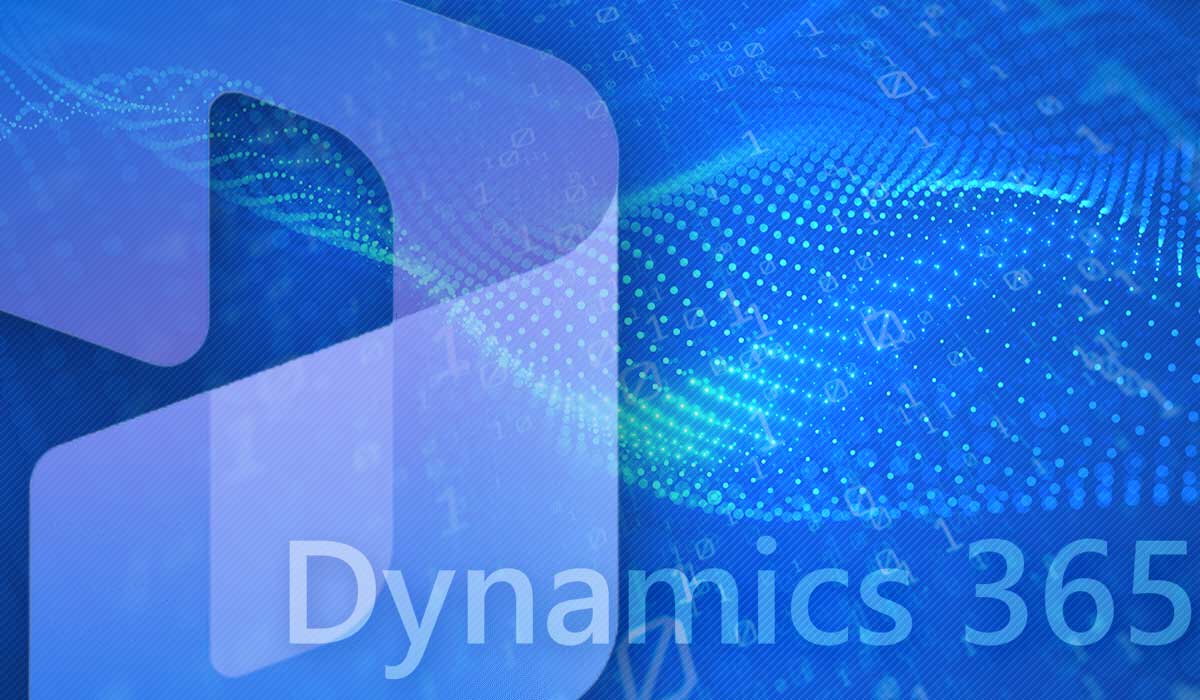Our Blog
-
You are here:
- Home /
- Our Blog /
- Blog Business Applications /
- Microsoft Dynamics 365 Migration Guide

It is important to understand that every Dynamics 365 migration is unique. Two companies in the same industry might select the same Microsoft stack to address the same problems. Yet, despite the overlap, the same two companies can have completely different migration experiences. In part, that is by design.
Dynamics 365 is a set of modules you can buy as part of a plan or a la carte. That way, you have the flexibility to design an ERP system around your organization’s unique needs and processes. However, these one-of-a-kind journeys have less to do with which modules and add-ons you choose than the sheer number of variables that come into play. Those variables include everything from custom code and ISV solutions to your goals and the maturity of your data strategy.
In this Dynamics 365 migration guide, we’ll share some best practices to help you prepare for the big move–and everything that follows.
Failing to address business requirements and process flows early on can undermine the entire migration. Before getting started you’ll want to:
Many of the new functionalities center around unification, visibility, and alignment between people, processes, and technology. You know, the general benefits that come when you move from an on-prem solution to the cloud. Unfortunately, companies often fail to define how processes can improve. They try to recreate old processes in the new system.
Instead, consider how new functionalities address employee pain points or help your business capitalize on emerging opportunities. A few examples:
The possibilities are endless. Every choice you make must connect to a real-world scenario. Prepare a list of requirements, pain points, and business objectives and present them to your implementation partner. This allows them to help you understand all available options and plan your deployment approach.
Unlocking the full potential of Dynamics 365 hinges on understanding all factors that influence the migration process.
That includes the significant differences between legacy solutions. For example, Dynamics SL and GP work differently than NAV. It follows a different migration path because of those differences.
There are stark differences that exist between older on-prem solutions and their cloud-based counterparts. Customizations are written in different programming languages. Databases are formatted in different ways. The age of your legacy system is another significant factor. Older versions of AX or NAV, could add an extra set of complications to the process. This may mean the workflows and customizations you have relied on for years will not be joining you in the cloud.
The longer you have been using your current ERP, the longer it takes to identify, map, and clean the data you’ll be taking with you. Not to mention, untangling the various integrations and customizations that have piled up throughout the years.
The bulk of the Dynamics 365 data integration and migration process is about prepping your data for the big move. It is tempting to migrate all data to the new platform–just in case.
But this actually creates more problems in the long run and could derail the project altogether.
Data mapping allows you to determine who owns the data, who uses the data, and identify the data that is worth taking with you. It also allows you to determine which origin fields align with which destination fields and get an idea of what legacy fields will look like post-migration or whether they’ll have new names.
You’ll want to create a map containing the following components:
You will also need to identify what you ca not bring with you to the new system.
During the migration, data cleansing becomes especially important as properly cleaning and transitioning data into the new environment will facilitate better reporting. It is the final line of defense keeping bad data from entering the new system. You know–garbage in, garbage out. This process will help reduce the effort and expense of removing duplicate records and inaccurate/outdated information post-migration.
Lack of data validation, inadequate UAT testing, and lack of user interest in learning the new system can cause a migration to fail.
Here are some steps you can take to ensure that does not happen:
Testing should be a continuous process so it is important to validate data throughout the entire upgrade process.
As you can see, data migration is a significant undertaking with many moving pieces. While it is not an official step in the migration process, getting a certified Microsoft Solutions Partner involved early in the game is often a good idea. Especially if your current system is a barrier to achieving your organization’s strategic goals.
Hiring a team of business applications consultants will help you make informed decisions. They will guide your approach to the process, help you determine whether it makes sense to “lift and shift” without changing existing processes, or whether a full-scope implementation will better align processes with your business goals.
Teaming up with an experienced partner also allows organizations to get up and running quickly. For example, if you encounter an issue during testing, report it to the partner. They resolve the problem. Once all issues are resolved, the technical team deploys the final upgrade for the go-live.
Clients save time and resources they might otherwise spend searching for root causes and identifying & implementing solutions. Or worse–running damage control post-launch.
Contact our team of ERP consultants and tell us about your project. We are here to help.
In his role as Director of Business Applications, Loren and his team specialize in positioning organizations up for growth by implementing Microsoft centralized platforms like Enterprise Resource Planning (ERP) or Customer Relationship Management (CRM).
Our experts can help you navigate the Dynamics 365 migration process–every step of the way. Contact us today to learn how we can help you set the stage for a successful migration, implementation, and beyond.